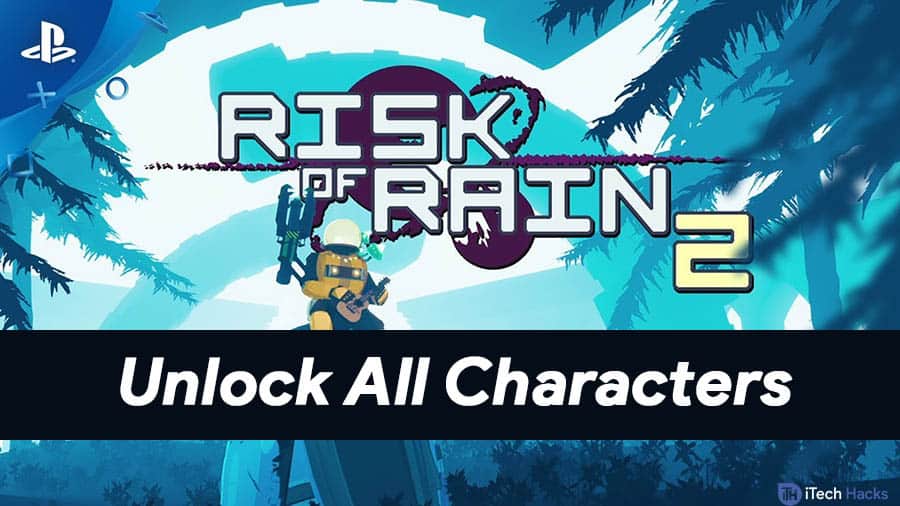

You should trust your gut and if something even seems the slightest bit off, you should avoid opening the email or clicking on any links.Ī VPN, or Virtual Private Network, is a great tool to help protect your privacy online. This is by no means an exhaustive list as attackers are continually tweaking their scams to dupe as many people as possible. These tell-tale signs can include a mismatched URL, requests for personal information, poor spelling and grammar, unexpected correspondence and the use of threatening language. Despite the increasing sophistication of these emails that are often a number of tell-tale signs that may give the game away. Identifying a phishing email has become a lot harder than it used to be as criminals have become more advanced and deceptive in their attack methods. The email may also include an attachment that once opened will directly infect your computer with malware.
Risk 2 hacked password#
Phishing emails are carefully designed to trick you into entering confidential information such as an account number, password or date of birth by clicking on a link. Phishing emails have been around for a long time and despite a wealth of information about the different methods used to target victims, millions of people are still falling for these scams on a daily basis. If you think you’re on your bank’s website but the password manager doesn’t automatically log you in, there’s a good chance that you’ve strayed on to a phishing site.

Password managers can also protect against phishing attacks as they fill in account information based on their registered web addresses. This password is the only one you will have to remember so it’s important to make this as strong and secure as possible. The master password will control access to your entire password database. The first step when using a password manager is to create a master password. Password managers store login details for all the websites that you use and logs you in automatically each time you return to a site. It can be a daunting task trying to remember so many passwords for all our online accounts, but a password manager provides a centralised and encrypted location that will keep a record of all these passwords safe. Top Tips to Prevent your Emails Getting Hackedĭespite the increasing persistence of hackers, there are several steps we can take to prevent our emails getting hacked.ġ. Over 60% of people use the same password for all their accounts so if hackers can gain access to one, they can potentially break into them all.
Risk 2 hacked software#
Our accounts can be compromised in a number of ways, but the most frequently used methods are through phishing emails, exploiting flaws in software and guessing passwords. Everything hackers need to cash in and make a profit. Our email accounts will typically contain personal photos, invoices, receipts, addresses, contacts, itineraries, banking details and often reset passwords for other accounts. The simple reason is that each account contains huge quantities of data that can be monetised or used to commit identity fraud. There are over 6.69 billion email accounts throughout the world and unfortunately 1 in 4 of these accounts will be hacked.


The easiest way they can gain access to this valuable data is by hacking our email accounts. We tend to think that it’s just the big corporations that are getting hacked, but every one of us is a potential target and we all have valuable information that hackers want to get their hands on. There’s no doubt that over the last year, we’ve seen a marked increase in the number of cyber attacks, data breaches, phishing scams and large-scale hacking attacks.


 0 kommentar(er)
0 kommentar(er)
